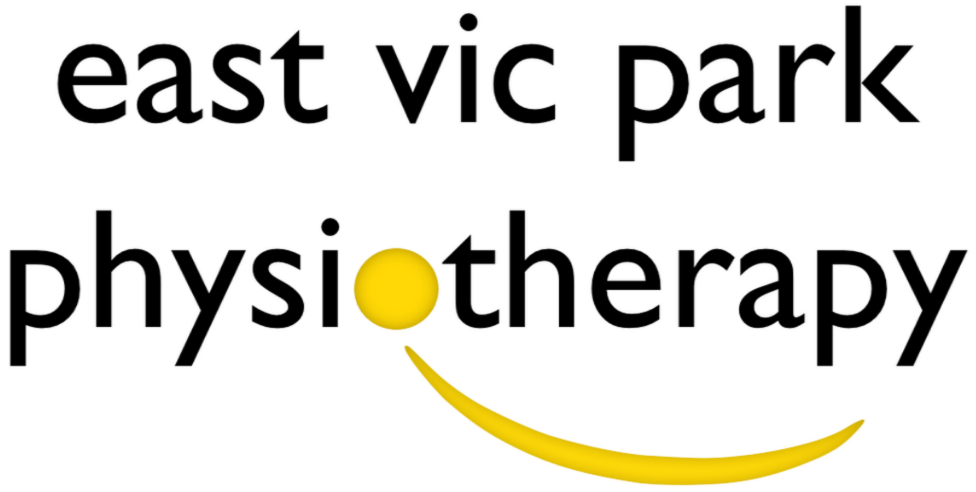What is PFPS?
Patellofemoral pain is the most common cause of pain at the front of the knee.
It occurs with ‘patella mal-tracking’ i.e. when the under surface of the patella (kneecap) slides in the grove of the femur as the knee bends and straightens as the quadriceps contract and relax.
When the knee is bent, mal tracking often causes the patella to shift laterally, causing pain with squat, moving from sitting to standing and using stairs.
How did I get PFPS?
Causes of PFPS can vary, including;
o Over training i.e. people who over exercise with repetitive type movement i.e. cycling/hopping/jumping and running (especially hills and stairs) with insufficient time for recovery or excessive training loads.
o Change in training: i.e. changing footwear, running surface or increases in training intensity.
o Poor motor control at the quadriceps, hip (glutes) and foot/ankle (hyper or hypo-mobility).
o Abnormal knee/hip size and shape i.e. patella shape, femur shape or whether the patella sits high or low. Variations in an individual’s shape of the femur, tibia and/or hips can affect how the quadriceps muscles pull on the patella.
o Post-surgery i.e. post ACL surgery or after a lengthy time off
Where does it hurt?
Do you pain at the front of the knee around the kneecap? Is there pain AND clicking/crunching?
Note: A noisy knee without pain isn’t necessarily a bad thing.
Do I need a scan of my knee?
No.
In most cases this should be easily diagnosed by your physiotherapist or sports physician. If you aren’t getting results with your treatment and rehab then you may be referred for a scan.
What should I avoid doing?
- Complete rest
Repetitive running, cycling or deep squatting is likely contributing to your pain but engaging in physical activity is also helping to keep your muscles strong. Talk to your physio about activity modification.
- Don’t panic
Your knee will get better with targeted strength, stretching/rolling and other techniques. Note that due to the tissues involved, this can take months rather than weeks, persistence of your home exercise program will be important.
- Don’t train through high levels of pain, mild pain is usually ok.
Low or mild discomfort can be acceptable during activity, but if you are still sore 24-72 hours later then you may have done too much, too quickly.
- Exercises such as lunges and deep squats and stairs/hill running may aggravate your knee initially however you these will likely be re-introduced in the later stages of rehab.
I’ve been having physio and not getting better, what should I do?
Ask yourself;
- ‘Am I still over doing high impact activities, and/or underdoing strength / control activities?’
- ‘Am I getting enough recovery between sessions?’
PFPS frequently co-exists with other issues such as patella tendinopathy, fat pad impingement and patella hypermobility. It’s important to distinguish if any of these are involved by asking your physiotherapist.
Other less common diagnosis includes; bursitis, Osgood-Schlatter disease (OSD), Sinding-Larsen-Johansson syndrome and referred pain from the hip.
What’s the best treatment for PFPS?
Best practice for PFPS rehabilitation is a combination of…
- A short period of rest or de-loading
- Regular progressive loading
- Avoid painful knee ranges
- Taping and braces can help in the short term
- Your GP or health professional will be able to advise regarding anti-inflammatory use.
Speak to your physiotherapist who will assess and prescribe the optimum amount and intensity of exercises for you.
Author: Peter Gangemi - Master of Physiotherapy






